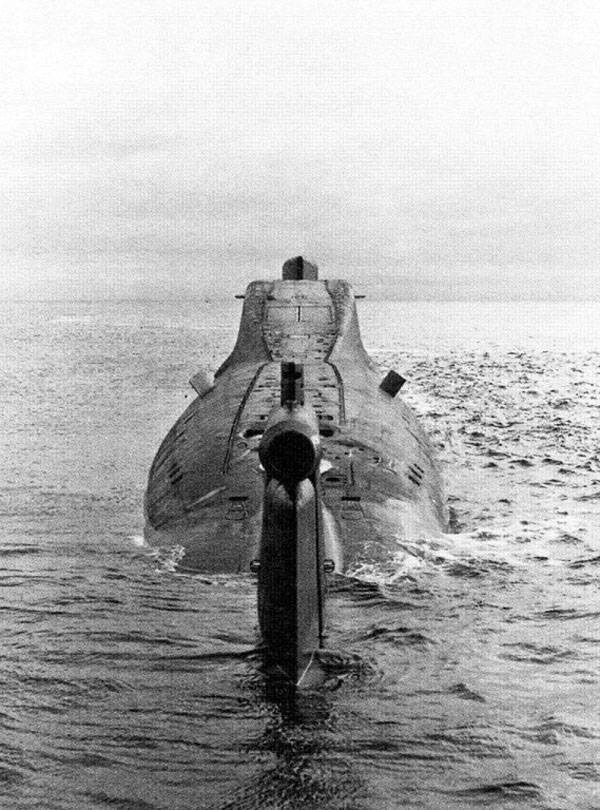Western media recalled the incident with the collision of the Soviet and British nuclear submarines in the Barents Sea

The Western media decided to recall the incident with the Soviet submarine. This is an incident that occurred on May 23, 1981 in the Barents Sea. For a long time it was strictly classified, and some of its details have not been disclosed to this day. The Soviet nuclear submarine K-211 "Petropavlovsk-Kamchatsky", armed with 16 ballistic missiles P-29P, was on alert, moving at a depth of about 50 m at a speed of 9 knots.
Columnist Sebastian Roblin writes that the mission of this submarine was to move inconspicuously for several months in anticipation of a signal about the possible start of a nuclear war. If ordered, the nuclear submarine was to unleash all its nuclear power on military bases and other enemy targets located at a distance of up to 4 thousand nautical miles.
Naturally, such submarines were a priority target for the West, which sent its low-noise nuclear-powered "hunting submarines" to track down Soviet nuclear submarines and torpedo them in the event of a global confrontation.
Keeping in mind the aforementioned threat, the K-211 commander stopped his submarine and turned it around so that the MGK-400 Rubicon bow sonar unit could detect the submarines sneaking behind it in the “blind zone”. At that time, the equipment did not report any danger.
However, after a few minutes, the Soviet submarine received three powerful glancing blows from behind and from below. Then the K-211 sonar caught the propeller noise. The object was identified as a submarine, but contact was lost again after a few minutes.
Later, the crew of the Soviet submarine discovered damage to the vertical rudder and rubber sound-absorbing tiles at the stern. In addition, shards of metal, no doubt from the western submarine, got stuck in the right propeller and even punctured the ballast tank.
A Soviet investigation subsequently concluded that the metal found likely belonged to a US Navy submarine. However, later in the same year, the Western press published material about the collision of the British "submarine-hunter" Scepter, or SS-104, with an iceberg in the Barents Sea.
It is easy to guess that Scepter then "crashed" into a Soviet K-211, not an ice block. However, this became known only 10 years later thanks to the story of a former officer who served on the SS-104.
As it turned out, in May 1981, Scepter had been tracking the K-211 for some time using its Type 2001 sonar, which had an underwater detection range of 25 to 30 nautical miles, or 6 to 17 miles when moving fast.
Suddenly, the "APL-Hunter" lost contact (apparently when the K-211 made a U-turn), but continued to move forward and its nose crashed into the tail of the "Petropavlovsk" from below.
One of the propellers of a Soviet submarine “ripped through” the front part of the Scepter's hull, beating off a piece over 7 m long from its nose and tearing off the front part of the conning tower. Typically, such damage would have caused the submarine's reactor to automatically shut down, but the commander manually disabled the safety system and moved his submarine away from the scene.
The collision of the Soviet and British nuclear submarines in the Barents Sea could lead to tragedy, but, fortunately, nothing happened. Both submarines returned to service after repairs and served for a long time: K-211 until 2013, and Scepter until 2010.
However, after the incident, the latter could no longer “boast” of the notorious low noise. Trash from the K-211 got into its power plant, which made it more noisy in certain operating modes.
Information